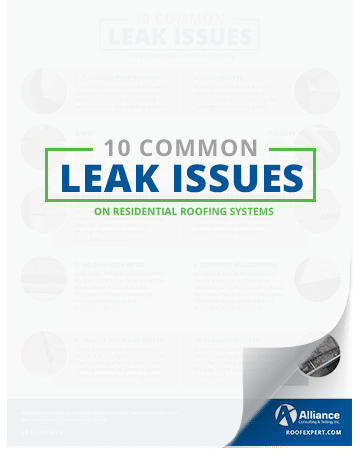Typical Mistakes In Roof Installment And Just How To Avoid Them
Typical Mistakes In Roof Installment And Just How To Avoid Them
Blog Article
Web Content Author-Allen Castillo
When you're preparing a roof installment, it's simple to forget vital details that can cause substantial problems down the line. You might be tempted to reduce edges on product selection or miss appropriate blinking setup, however these usual errors can bring about costly fixings later on. Comprehending the significance of air flow and sticking to regional building ordinance is crucial for an effective job. So, what are the vital steps you should take to ensure your roof covering stands the test of time? Allow's explore some reliable approaches to avoid these pitfalls.
Poor Product Choice
When it involves roof installation, choosing the wrong products can cause costly issues down the line. You may believe that any kind of roof product will certainly do, however that's an usual mistaken belief. It's vital to choose products that fit your neighborhood climate and the particular requirements of your home.
For instance, if you live in an area with hefty rainfall or snow, going with asphalt shingles might not be the most effective selection. Instead, think about even more durable options like metal or slate.
Furthermore, focus on the high quality of the products you're thinking about. Affordable products might conserve you cash upfront, yet they typically do not have long life and can lead to constant repairs or substitutes.
You need to likewise think of the design of your home and make sure the materials you choose will preserve its aesthetic allure.
Ultimately, don't fail to remember to consult with professionals. They can provide useful insights and advise products that adhere to local building codes.
Investing time in correct material option currently can assist you stay clear of migraines and costs in the future, making your roof covering job a success.
Inadequate Flashing Installment
Picking the appropriate materials isn't the only variable that can lead to roofing issues; poor flashing installation can likewise create significant concerns. Flashing is critical for guiding water away from susceptible areas, such as smokeshafts, skylights, and roof covering valleys. If it's not mounted effectively, you run the risk of water breach, which can result in mold and mildew development and structural damage.
When you install blinking, ensure it's the right kind for your roofing's style and the local climate. For instance, steel flashing is often a lot more long lasting than plastic in locations with hefty rainfall or snow. See to recommended you read blinking overlaps appropriately and is safeguarded snugly to prevent spaces where water can permeate through.
You should likewise take note of the setup angle. Flashing should be positioned to direct water away from the house, not towards it.
If you're uncertain concerning the setup process or the materials required, consult a specialist. They can help identify the best blinking options and guarantee every little thing is installed correctly, safeguarding your home from possible water damage.
Taking these steps can conserve you time, money, and frustrations down the road.
Neglecting Ventilation Requirements
While several property owners concentrate on the aesthetic and structural elements of roof installation, ignoring ventilation needs can cause severe long-term consequences. Proper ventilation is essential for managing temperature level and dampness degrees in your attic room, stopping problems like mold development, timber rot, and ice dams. If you do not set up adequate ventilation, you're setting your roofing up for failing.
To prevent this mistake, first, assess your home's specific ventilation needs. A balanced system generally consists of both intake and exhaust vents to promote air movement. Ensure you've set up soffit vents along the eaves and ridge vents at the height of your roofing system. This combination enables hot air to leave while cooler air gets in, keeping your attic room space comfortable.
Additionally, take into consideration the kind of roofing product you've selected. Some materials may require extra air flow approaches. Double-check your local building regulations for ventilation guidelines, as they can differ substantially.
Lastly, do not neglect to examine your air flow system consistently. Obstructions from debris or insulation can impede air movement, so keep those vents clear.
Final thought
Finally, staying clear of usual roof installment mistakes is key to ensuring your roofing system's durability and effectiveness. By choosing the best materials for your climate, mounting flashing appropriately, and attending to air flow needs, you can stop pricey problems down the road. Don't fail to remember to acquaint on your own with local building ordinance and routine regular inspections. With these steps, you'll enjoy a safe, sturdy roof that safeguards your home for several years to come. roofing contractor san antonio, tx skyroofingconstructiontx.com !
